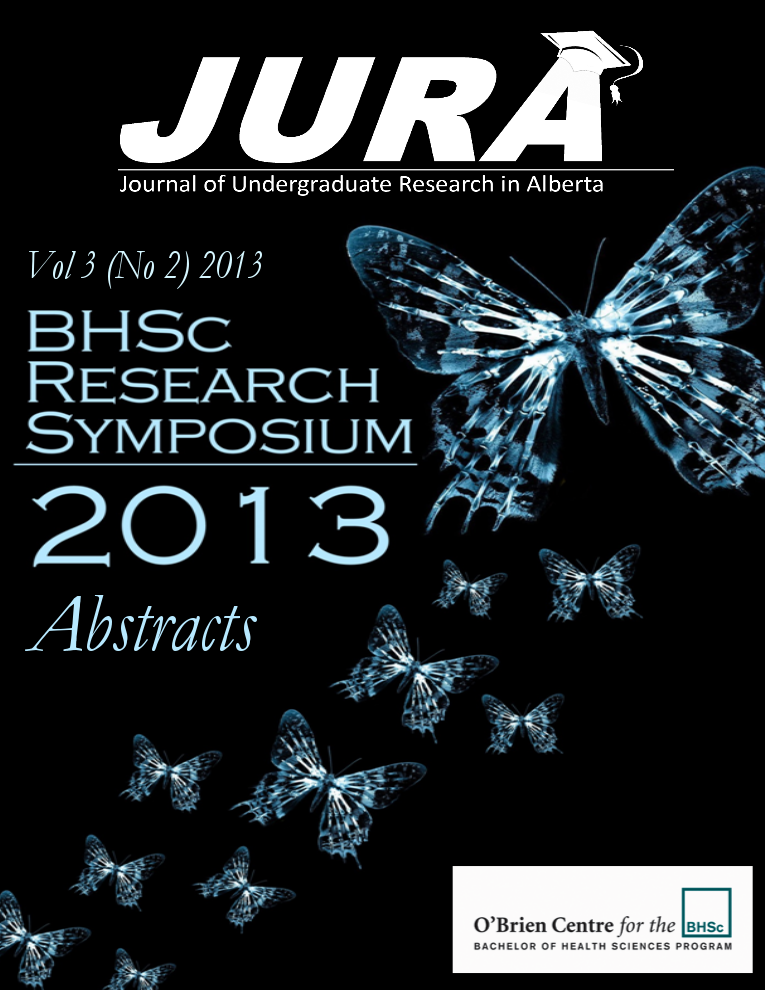Screening Afua To Find Exclusivity In Invasive Disease-Causing Haemophilus Influenzae Strains
Abstract
INTRODUCTION
Haemophilus influenza (H. influenzae) is a Gram-negative bacterial human pathogen. Serotype B strains contain a polysaccharide capsule, which aids their virulence though protection from phagocytosis. These strains were primarily responsible for invasive disease, such as meningitis, until the introduction of a conjugate capsular vaccine against serotype B strains in the 1980’s. Recently, non-encapsulated, non-typeable strains have emerged and begun causing invasive disease, which was previously very uncommon. They have generally caused localized upper respiratory infections due to the inability of the bacterium to cross epithelial layers.
Recent experiments have revealed that the periplasmic protein AfuA binds glucose-6-phosphate (G6P), which is only found in host cytoplasm. This finding suggests that pathogens with AfuA are capable of entering cells and growing within the host cytoplasm. We hypothesized that serotype B strains would be ubiquitously afuA positive and non-typeable strains would be afuA negative. The objective of this study is to investigate if afuA is found only in invasive strains by screening the gene in the lab’s collection of H. influenzae strains.
METHODS
Genomic DNA was extracted from 41 H. influenzae strains. Three H. influenzae afuA genes were found on NCBI and were aligned using MAFFT. One set of forward and reverse primer probes were designed to anneal in conserved regions of the gene. A secondary forward primer was used for backup in negative and ambiguous results. Genomic DNA was PCR amplified with the probes and subsequently ran on 1% agarose gels. Amplification of the ferric binding protein A gene was used as a positive control. PCR products were sent for sequencing on a case-to-case basis to alleviate any ambiguity in interpretation.
RESULTS
The project identified that 34 out of 41 tested H. influenzae were afuA positive. Specifically, 9 out of 10 non-typeable strains were positive, 18 out of 23 serotype B strains were positive, and 7 out of 8 unknown types were positive. Contradictory to our hypotheses, several serotype B strains were afuA negative and most non-typeable strains were afuA positive. AfuA is evidently not exclusive to serotype B strains.
DISCUSSION AND CONCLUSIONS
Since AfuA was found in most non-typeable strains and missing in several serotype B strain, it is unlikely that AfuA alone is a pre-requisite for invasive disease, nor that afuA is exclusive to only invasive strains. Future research should explore a novel relationship between AfuA and H. influenzae strains. We alternatively propose that AfuA may be correlated to the inclination to cause disease in both encapsulated and capsule deficient strains, but is not an absolute prerequisite. Another hypothesis is that AfuA is required for the utilization of various sugar phosphates that might be available from the degradation of capsular polysaccharides or other extracellular materials. Thus, in addition to probing the prevalence of the afuA gene, functional transport studies should be pursued to further elucidate AfuA’s role in H. influenzae.
Downloads
Downloads
Additional Files
Published
Issue
Section
License
Authors retain all rights to their research work. Articles may be submitted to and accepted in other journals subsequent to publishing in JURA. Our only condition is that articles cannot be used in another undergraduate journal. Authors must be aware, however, that professional journals may refuse articles submitted or accepted elsewhere—JURA included.


